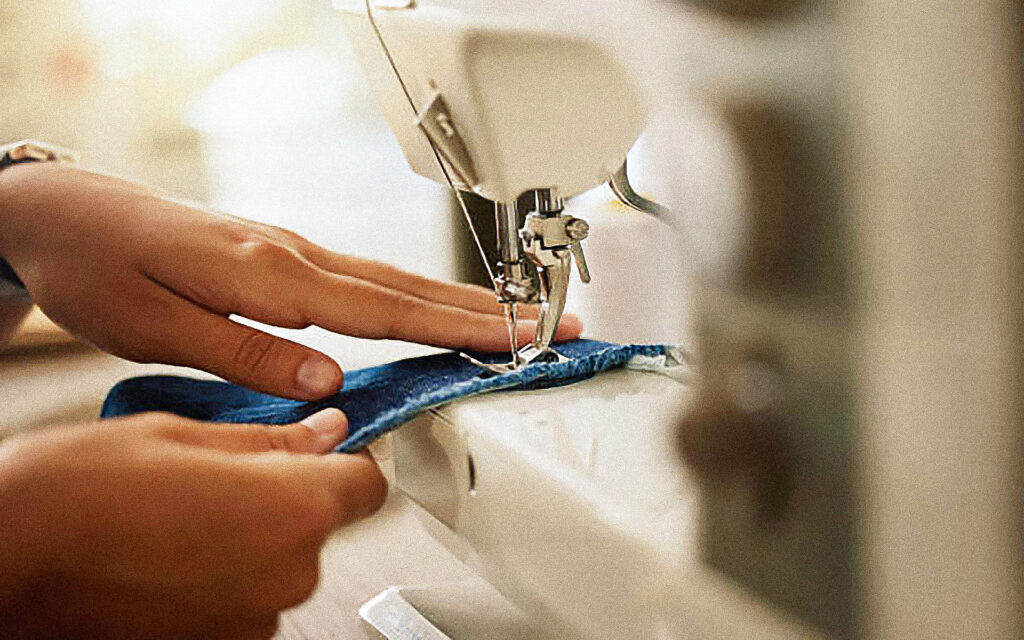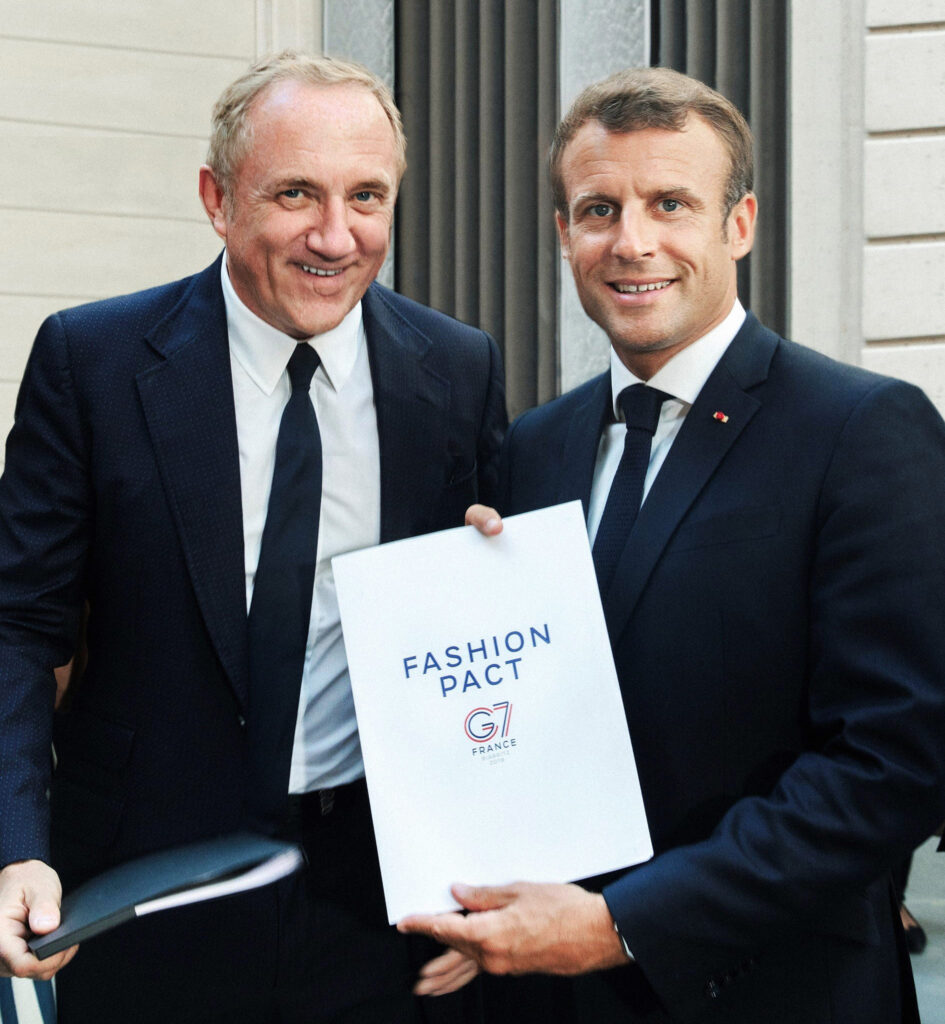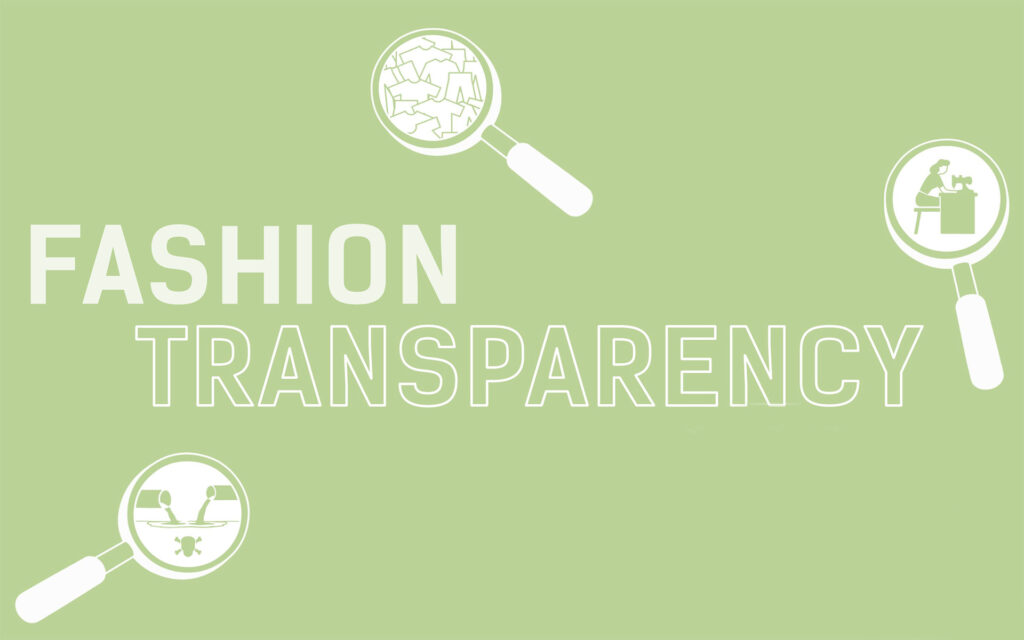As a consequence of the negative environmental and social impact it causes, the global fashion industry is re-evaluating its production, distribution and marketing through sustainability commitments. In the last decade, the sector has begun to meet its goals of migrating towards more responsible production, in line with the Sustainable Development Goals (SDGs). The latest Fashion Industry Charter for Climate Action reported on progress by 2023. It already saw 44% of signatories set climate targets below 1.5°C of global warming, up from 23% in 2020.
While fashion firms continue to work on their sustainability commitments, deadlines continue to be extended: deadlines for results have been set for 2030, 2035, and 2050.

Sustainability Pledges
The United Nations Economic Commission for Europe’s Sustainability Pledge is a set of policy recommendations, guidelines, and standards that enable fashion industry players to validate their sustainability statements.
To date, 42 commitments and actions have been made by more than 100 organizations and companies, including Fashion Revolution, Vivienne Westwood, Mulberry, and Inditex.
An entirely positive industry
The Global Fashion Agenda (GFA) is a non-profit organization that promotes the fashion industry’s collaboration to accelerate its impact on sustainability.
Its objectives are:
- To reduce 50% of GHG by 2030 and achieve zero net GHG emissions by 2050;
- To achieve 70M workers earning a living wage;
- To reduce the use of virgin polyester, conventional cotton, and conventional artificial cellulosic;
- To significantly reduce the use of finite resources
With a vision of an entirely positive fashion industry, GFA drives action by educating, inspiring, influencing, and mobilizing all stakeholders. Partners include Kering, H&M Group, Ralph Lauren, PVH Corp, McKinsey & Co, Textile Exchange, and Vestiaire Collective.
Fashion Pact
In 2019, within the framework of the G-7, The Fashion Pact, an international coalition of companies for a positive fashion future, was created, which aims to:
- Ensure 25% of raw materials have a lower climate impact by 2025;
- Support zero deforestation and sustainable forest management by 2025;
- Achieve 100% renewable energy in all operations by 2030;
- Protect oceans and freshwater from the negative impact of industry;
- Mitigate climate change to achieve the goal of zero net emissions by 2050.
Some of the committed members are: Adidas – Burberry – Capri Holdings Limited – Chanel – Chloé – Desigual – El Corte Inglés – Ermenegildo Zegna Group – Farfetch – Ferragamo – Gap Inc. – Armani Group – H&M Group – Inditex – J.Crew Group – Kering – Mango – Moncler – Nike, Inc – Prada S.P.A – Puma SE – PVH Corp – Ralph Lauren – Tapestry – Zadig & Voltaire – Zimmermann.

François-Henri Pinault and Emmanuel Macron August 2019 in Paris – Jean-François/Modds for Kering
Sustainability commitments
Kering
Sustainability is at the heart of the strategy of the Group, its Houses, and its stakeholders. Care, Collaborate, and Create are the three pillars that shape Kering’s Sustainability Strategy 2025.
To this end, they have not only developed an innovative tool to measure and quantify the environmental impact of their activities, but have also launched a series of initiatives for the protection and sustainability of natural resources.
According to its 2020-2023 Status Report:
- Its goal of reducing environmental impact by 40% was achieved in 2021, four years ahead of schedule;
- +225 startups have collaborated with Kering since 2016;
- Reduced more than 50% of the Group’s GHG emissions since 2015;
- Achieved 100% renewable electricity;
- Achieved 95% traceability of raw materials;
- Achieved 71% of raw material production with their standard.
LVMH
The French multinational conglomerate, specializing in luxury goods, has prioritized sustainable development since its foundation.
Contributing to the 17 SDGs, in 2022:
- Launched its global Diversity and Inclusion roadmap;
- Adopted an energy sobriety plan to reduce electricity consumption in its workshop centers and stores by 10% within one year;
- Achieved cotton and leather supply chain certification;
- Achieved 190,000 meters of recycled fabrics;
- Achieved 39% of recycled raw materials in plastic and glass packaging;
- Reduced 11% of GHG emissions generated by energy consumption;
- 47% of the Group’s energy mix is made up of renewable energies;
- Reduced 15% of GHG emissions (relative to 2019);
- 77% of stores are illuminated entirely by LED lighting;
- Transparency of 9,500 products with its own customer information system.
Its targets for 2023 – 2025 – 2026 – 2030:
2023: new circular services: repairs, upcycling, etc.
2025: 50% of key positions occupied by women and 2% of employees with disabilities;
2026: 30% of US management positions filled by BIPOC; zero virgin fossil-based plastic; 100% certified strategic raw materials, reduce GHGs by 50% and 100% renewable or low-carbon energy.
2030: reduce and/or avoid 55% of GHG emissions; 100% of new products eco-designed; reduce and/or avoid 55% of GHG emissions to Scope 3; 5M hectares of flora and fauna habitat restored and/or preserved.
In their own words, “our leadership position comes with social and environmental responsibilities. We have to go beyond simple compliance.”
H&M Group
Believes transparency is the key to driving sustainable change in the industry. According to its sustainability commitment in 2022:
- Reduced Scope 3 1.2 GHG emissions by 7% and Scope 1 and 2 GHG emissions by 8%;
- Launched a new Water Strategy 2030 and reduced relative water consumption per product by 38%;
- Use of 84% recycled or other more sustainably sourced materials;
- 42% of Tier 1 supplier factories have union representation (37% in 2021) and 34% have collective bargaining agreements in place (27% in 2021);
- Reduced plastic packaging by 44%, reaching the target ahead of schedule;
- Use of 23% recycled materials, up from 18% in 2021 and approaching the 30% target by 2025;
- Contributed $114.2M to community investment initiatives.
Inditex
Industria de Diseño Textil is the world’s largest fast fashion group with Zara, Bershka, Stradivarius, Pull&Bear, and Massimo Dutti.
Its goal is to continue to offer greener products, moving towards a circular model and zero net emissions. Among its sustainability pledges is:
2025: Circularity services such as Zara Pre-Owned in key markets; fostering advances in social dialogue, living wages, health, respect, and resilience.
2030: Reduce emissions by more than 50%; exclusive use of textile raw materials with lower environmental footprint; protect, restore, and regenerate biodiversity on 5M hectares.
2040: Zero net emissions; reducing our carbon footprint by at least 90% compared to 2018.
In the words of the multinational, “We believe in the transformative power of fashion and strive to make the fashion industry a positive force for the people and the planet. The pressure on our natural resources and the challenge posed by climate change requires a swift response from everyone” .

Transparency is the first step
The NGO Fashion Revolution has published the Fashion Transparency Index 2023, its analysis of the industry’s supply chain practices and impact.
This index is a tool to encourage fashion firms to be more transparent about their social and environmental efforts while analyzing how much information they share.
According to the report, this year’s progress on transparency remains too slow among 250 of the world’s fashion firms and retailers, while revealing a lack of transparency in several crucial areas.
Among the most noteworthy findings are the following.
Materials supply: 51% have published targets for sustainable materials, but only 44% define what they mean by “sustainable”. On the other hand, 42% publish the progress made in achieving these objectives and 29% disclose the breakdown of fiber obtained annually.
Water and chemicals: only 7% publish the results of their suppliers’ wastewater analyses. While only 24% publish the water footprint at the manufacturing level and 4% at the raw material fiber level. In addition, only 23% disclose their process for conducting water-related risk assessments.
Climate crisis: only 9% share what measures they are taking to help their suppliers switch to renewable energy. While 94% still do not say what fuel is used in the manufacture of their products.
Waste and overproduction: 88% still fail to disclose their annual production volumes. While 99% do not disclose their commitment to reducing the number of new products.
Living wage: only 1% say how many workers in their supply chains are paid a living wage.
Supply chain traceability: for the first time, 52% disclosed their lists of first-tier suppliers. However, the overall average score in this section is 23%, with almost half (45%) of brands saying little or nothing.
Transparency is the basis of sustainability: without transparency, it will be impossible to achieve a sustainable, responsible and fair fashion industry.
Fashion Revolution





